World Athletics’s gender tests edict faces local ethics hurdle
Australia’s premier sporting body is yet to endorse World Athletics’ plan to swab female athletes as it weighs up ‘ethical, legal and legislative elements relevant to this matter’.
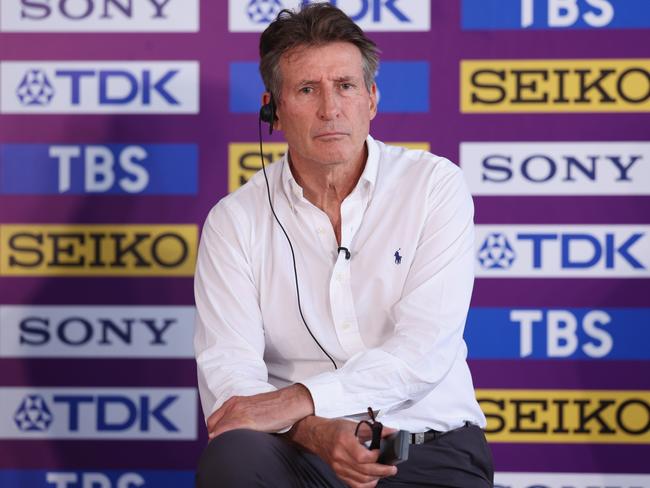
World Athletics’ moves to implement gender testing to “guarantee” the “integrity” of the women’s category could face pushback from the Australian Institute of Sport as the organisation meets with stakeholders before making any decision that it says must be handled “sensitively” due to the impact it could have on athlete welfare and the community.
Privately, some doctors in the Australian sports medical community are expressing concern around the ethics of the test, a cheek swab which determines if the SRY gene is present, which is part of the Y chromosome and is crucial in the development of male characteristics.
AIS chief medical officer David Hughes said in a statement to The Australian that biological testing was a “complex” topic that must be handled “sensitively and respectfully”.
“The Australian Sports Commission is awaiting further information to ensure that appropriate consideration is given to the ethical, legal and legislative elements relevant to this matter,” Dr Hughes said in a statement.
“This is a very complex topic that needs to be handled sensitively and respectfully due to the impact it could have on athletes and the broader community.”
It is understood the commission and AIS leaders will continue to meet with stakeholders, including community groups, before they are expected to proceed with a decision on their guidelines moving forward.
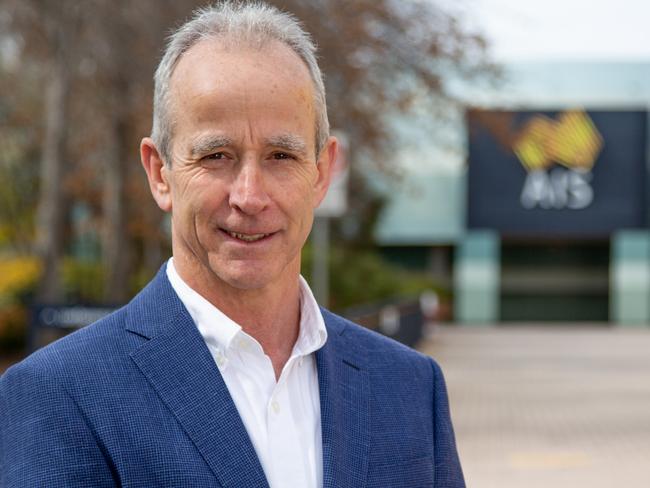
Behind the scenes, in other sports circles, there are fears about what effect an unexpected test result would have on an athlete and their welfare.
Last month, World Athletics, led by Lord Sebastian Coe, announced that the track and field governing body was planning to implement a “pre-clearance requirement” for all athletes competing in female events.
As well as a cheek swab, World Athletics said a dried blood spot test may also be used to determine testosterone levels.
Coe has repeatedly said he wants to protect the integrity of the female category. In March, 2023 he oversaw a policy change that excludes transgender athletes who have undergone male puberty from competing in female categories. He says the new gender test is another move in the right direction.
“We will doggedly protect the female category and do whatever is necessary to do it, and we’re not just talking about it,” Coe said last month.
Coe maintains the governing body is “not just talking about the integrity of female women’s sport, but actually guaranteeing it”.
World Athletics, in its consultation document on the issue, explained the testing.
“The required test will be for the SRY gene and, if required, testosterone levels, either via cheek swab with any necessary follow-up or via dry blood spot analysis,” World Athletics said.

“In this context, the SRY gene, which is almost always on the Y chromosome, is used as a highly accurate proxy for biological sex but makes room for an additional diagnostic process at the athlete’s discretion.”
But an Athletics Australia spokesperson said they would be guided by World Athletics stance and supports “preserving” the elite female category.
It also said it would be working with WA as it assesses issues such as logistical, legislative and privacy requirements.
“World Athletics (WA) is the international governing body for the sport and Australian Athletics is guided by its policies and rules. Australian Athletics supports preserving the integrity of competition in the female category in athletics. AA will work with World Athletics as it develops implementation plans for the new policies, and notes that in introducing the new pre-clearance requirement, WA will be assessing issues such as logistical, legislative and privacy requirements. Sensitive management of this policy is critical for all athletes, and we will work closely with our female athletes to ensure they are supported and informed. AA notes the differences between high performance competitions and pathways for female athletes as distinct from community-level participation opportunities.”
In the most recent version the AIS’s Transgender & Gender-Diverse Inclusion Guidelines for HP Sport, which outlines the framework for national sports organisations to navigate the inclusion of affected athletes in elite competition, welfare is taken into great consideration and it remains up to the athlete’s discretion to “identify”.

“In order for a trans athlete to comply with HP inclusion policies, they must first be identified as trans or gender diverse. Any such process of identification must be initiated, managed and controlled by the athlete; the ‘outing’ of a person as trans or gender diverse without their knowledge or authorisation is entirely inconsistent with standards of athlete wellbeing,” the framework states.
World Athletics’ most prolific athlete with a difference of sexual development (DSD) was Caster Semenya, who is a two-time Olympic champion and three-time world champion over 800m. Semenya was scrutinised over her gender and possible advantages in her biology during her career.
It was eventually revealed that Semenya had differences of sexual development, which means she has an elevated level of testosterone, a hormone that increases muscle mass and strength.
In her recent autobiography, Semenya revealed the moment in 2009, just prior to the world championships in Berlin, that she was summoned to some tests with Athletics South Africa. She thought was undergoing a doping test but was met by a Dr Oscar Shimange, a gynaecologist who examined her. “Once he was finished, I got dressed and we spoke as two humans, not as doctor and patient. I could tell that he was a good man. ‘Caster … I am going to tell you the truth here. You are not built like most other women. I know you already know that. But these people are looking for a specific issue … a hormone in your blood called testosterone’,” she writes. ‘Both men and women have this hormone, but you may have a higher level of it than the sports people allow for your gender. I am sorry … I think the results will show this is the situation with you, Caster. I think the chances of you running in the world championships are very low’.”

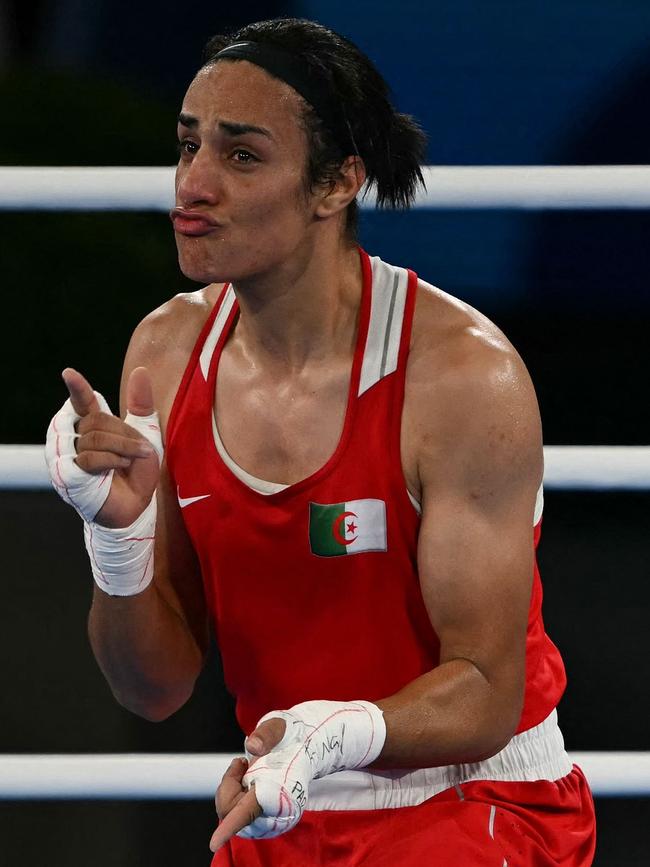
“I just sat there and listened. He went on to mention “chromosomes” and “Xs” and “Ys” and how sometimes there are certain functions that are blocked in the body when there is a hormonal imbalance.”
She said she found out she did not have a uterus or fallopian tubes at the same time as the rest of the world – via the media.
“The newspapers reported that I had undescended testicles that were the source of my higher than normal levels of testosterone,” she writes.
DSD athletes in the female category have become a contentious subject in world sport.
The Paris Olympics was marred by the gender issue that engulfed women’s boxing. Imane Khelif and Lin Yu-Ting won gold in their respective weight classes amid a firestorm of debate about their eligibility.
The International Boxing Association disqualified Khelif and Yu-Ting from the world championships for failing sex tests – but the International Olympic Committee cleared the duo for Paris because they were listed as females on their passports.
Rivals protested throughout the tournament, headlined by the Bulgarian camp, which penned a handwritten sign saying: “I only want to play with XX women.”
Competition at the Olympics is normally run by the respective international sporting federation.
The IOC had taken over the running of boxing at the Olympics, axing the IBA amid corruption concerns and installing the ad hoc Paris Boxing Unit.



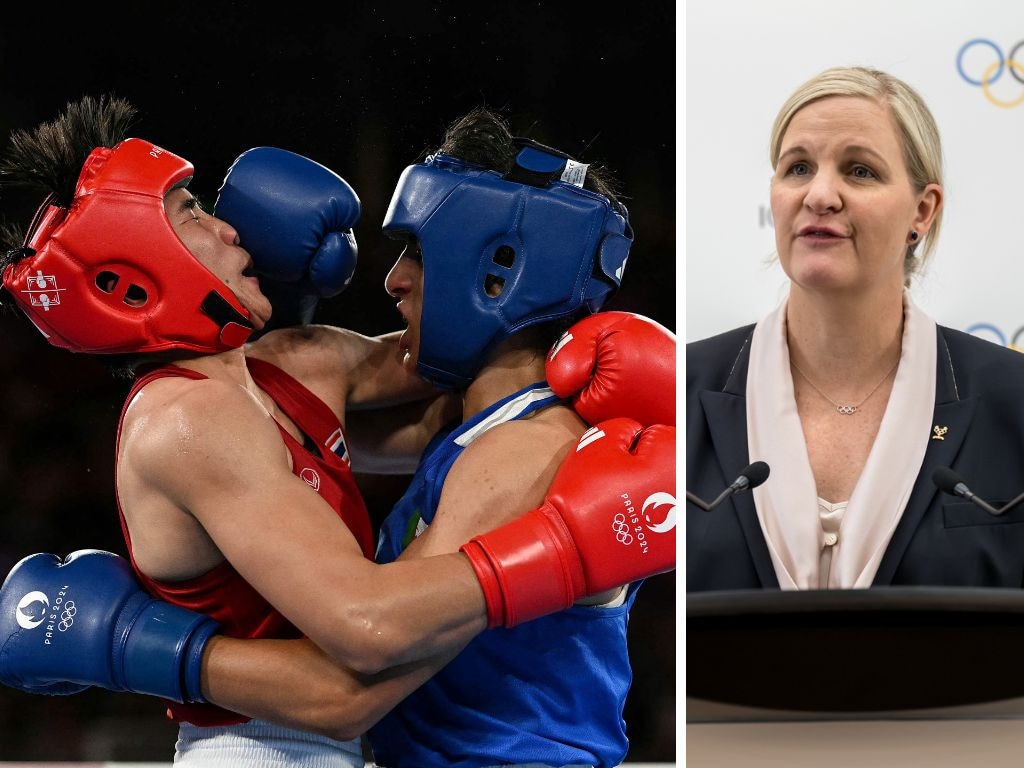
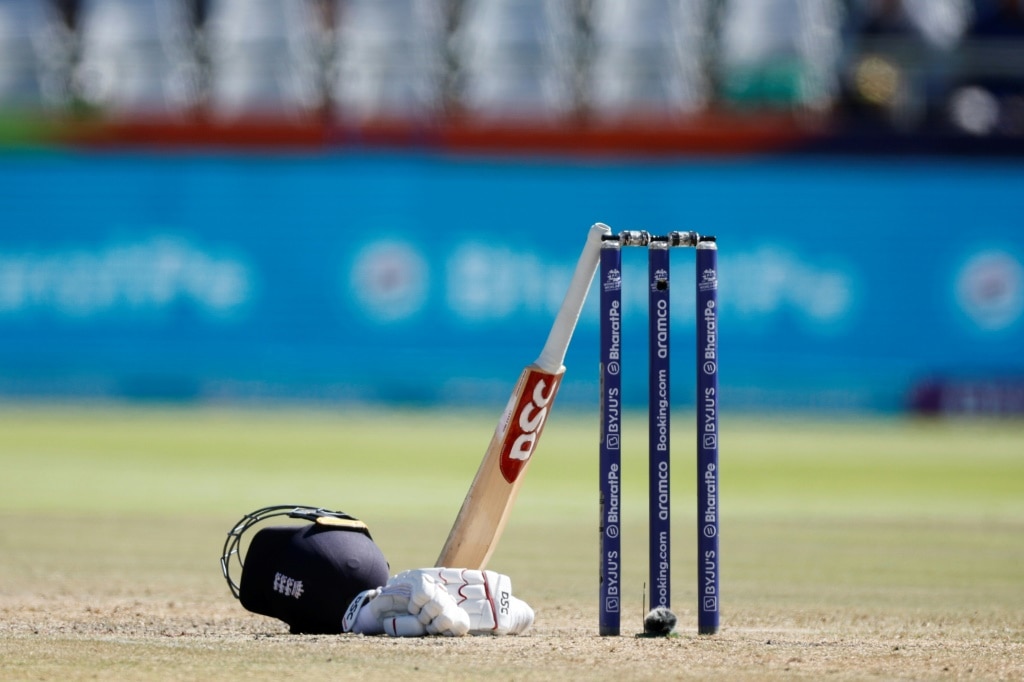


To join the conversation, please log in. Don't have an account? Register
Join the conversation, you are commenting as Logout